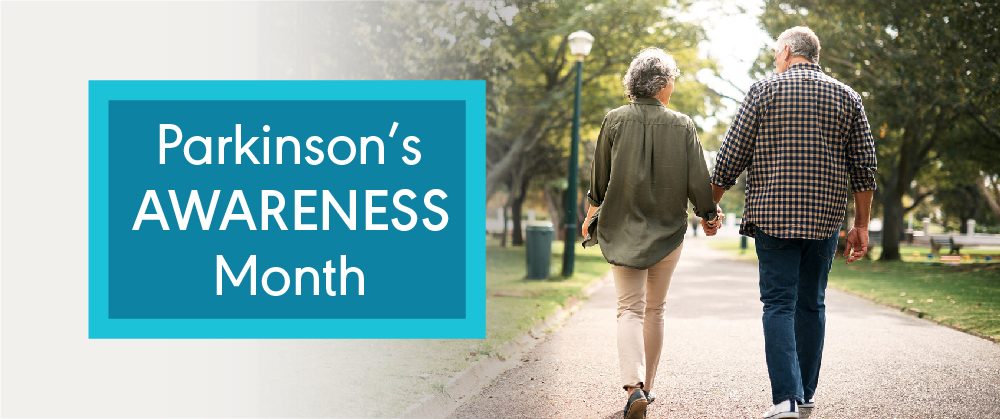More than 1 million people in the United States live with Parkinson’s disease—and almost 100,000 more are diagnosed every year. Given these numbers, it’s likely that ASHA members who work with adults will provide treatment for people with Parkinson’s disease.
April has been designated as Parkinson’s Disease Awareness Month. Last year, ASHA’s journals published dozens of articles providing clinicians and scientists with the latest research on Parkinson’s disease related to communication sciences and disorders. In recognition of Parkinson’s Disease Awareness Month, we’re highlighting six of these articles below.
Voice and Respiratory Concerns in Parkinson’s Disease
Behavioral Management of Respiratory/Phonatory Dysfunction for Dysarthria Associated With Neurodegenerative Disease: A Systematic Review: This systematic review introduces clinicians to existing evidence when working with people with neurodegenerative diseases such as Parkinson’s disease. The paper reviews current voice and respiratory treatments; it also recommends future research directions to continue helping clinicians provide better care.
Singing and Speaking Ability in Parkinson’s Disease and Spinocerebellar Ataxia: In this article, researchers studied the performance of individuals with and without Parkinson’s disease on singing and speaking tasks, both spontaneous and pre-written. The results showed that (a) intelligibility increased on the pre-written tasks and (b) singing could enhance the vocal output of people with Parkinson’s disease.
Maximal Expiratory Pressure and Its Link With Cough Airflow Before and After Expiratory Muscle Strength Training in Parkinson’s Disease: Expiratory muscle strength training can help people with Parkinson’s disease improve voluntary cough airflow. These authors attempted to (a) further clarify the relationship between maximal expiratory pressure and (b) identify patient-specific factors that predict response to training.
Crowdsourced Perceptual Ratings of Voice Quality in People With Parkinson’s Disease Before and After Intensive Voice and Articulation Therapies: Secondary Outcome of a Randomized Controlled Trial: A group of crowdsourced listeners agreed that speakers with Parkinson’s disease showed significantly higher voice quality after treatment. Although voice quality is an unfamiliar measure to most, the members of the crowdsourced group were able to replicate the results of trained listeners.
Gender and Culture in Parkinson’s Disease
Sex Differences in the Speech of Persons With and Without Parkinson’s Disease: Genetic, hormonal, and environmental factors may lead to differences in the presentation of Parkinson’s disease based on sex. The authors investigated whether or not these observed differences also played a role in the speech production of men and women with Parkinson’s disease.
Raising Awareness About Language- and Culture-Specific Considerations in the Management of Dysarthria Associated With Parkinson’s Disease Within the United States: This tutorial includes a framework for linguistically and culturally appropriate considerations when working with clients who have Parkinson’s-related dysarthria. Researchers offer a practical guide to ensure that patients receive personalized care that fully embraces their wishes and values.
The Impact of ASHA Members
If you’re looking for more information on Parkinson’s disease, you can start with ASHA’s Evidence Map—containing dozens of resources. We’ve published hundreds of articles on Parkinson’s disease across all of ASHA’s journals; explore them on ASHAWire through our advanced search function.
ASHA members play an important role not only by helping people with Parkinson’s disease communicate but also by providing respiratory care. This month, we invite you to tell others about the work that you and your colleagues do for people with Parkinson’s disease. Encourage family members to seek help from ASHA members—this month and beyond.
Thanks so much for all you do for patients with Parkinson’s disease! We hope that the clinical research featured here can help you continue providing high-quality care for these individuals.







